In the next couple of minutes that follow, the teams start getting to work. One team appoints a leader and spends some time planning before taking up the materials and constructing their building. In the second team, the leader is self-appointed and starts giving out orders which the rest of the team follows. At another corner of the room, the third team spends most of their time discussing who should take the lead and ends up with little time left to do the actual building.
At the end of the allotted time period, a comparative winner among the teams is evident—the team with the largest building of all—but no one team really succeeds in the game. Michael Hodgin, who cited this scenario in The Pastor’s Story File (March 1996), says of the situation: “No team has ever built the largest building possible. The rules of the game never told the teams they cannot work together on one building. But they never come together and work as one team. The teams just never think to cooperate.”
This game has applications and lessons that go beyond business management seminars, and even beyond the entire business world. Given a certain task or a hurdle to get past, we—whether individually or with a team—approach it in ways that often vary from those of others. Often, we believe we’re doing a good job planning our work and maximizing our resources to build the “largest building possible.” Sometimes, we look at the ways other teams are handling the task and recognize errors in their management—too little planning, too much arguing, lack of teamwork.
But all too often, we fail to recognize that there are other paradigms, better ways of accomplishing tasks that we may have excluded from our list of possible solutions early in the game. Extended beyond the confines of a single team, the traditional values of cooperation, teamwork and unity can open even more doors and may just hold the key to the resolution of our most pressing problems.
It is in view of this expanded paradigm of cooperation and unity that HELP for Peace has collaborated with the Order of the Augustinian Recollects (OAR) to accomplish their goal of constructing new fishing boats and modular houses for the communities badly devastated by Supertyphoon Yolanda.
Represented by University of Negros Occidental-Recoletos (UNO-R) President Rev. Fr. Emeterio Buñao, OAR, the Augustinian Recollects have graciously granted HELP for Peace authorized access to and use of their Vocational School facility in Baranggay Handumanan, Bacolod City as the site of construction of these boats and modular houses. The project is set to commence as soon as possible and is proposed to last for around 6-12 months.
In addition to the beneficiaries of the completed fishing boats and modular houses being the residents of Yolanda-hit communities in Panay and Cebu, the contracted workers for the project are boat-makers and construction men from communities that were also affected by Yolanda. This way, the project will provide not only much-needed shelter and means of livelihood for those who lost them in the calamity, but also valuable employment for Yolanda-hit locals as well—in effect, maximizing the benefits delivered by the resources invested in the project.
How many times in the other great challenges of our lives have we truly exhausted all possible resources to build the “largest building possible”? Maybe on one occasion too many, we had missed out on the opportunity to do so. Now, in the great trial posed by the destructive strike of Yolanda, is not the time to miss out on that opportunity.
HELP for Peace, along with its partner teams Peace Agents Foundation, Aktion Deutschland Hilft, and Terra Tech, has made the wise move to harness available community resources to fulfill a great cause. Collaborating with the Augustinian Recollects to make best use of a non-operational facility’s productive potential can be likened to being a team with one set of materials for the construction of a building, pooling resources with another team that has the other set of materials so that the outcome can not only be a large building, but the “largest building possible”—that is, the greatest benefit to the needy. May we never forget that though it often seems like we are on different teams, the rules of life never told us we cannot work together on one building, one goal: to be where we are needed, to give where it is lacking, to help when we can.
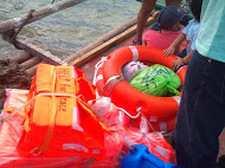
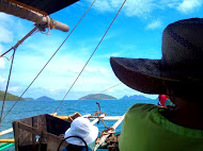
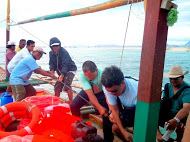
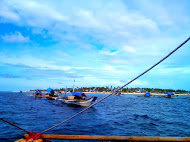
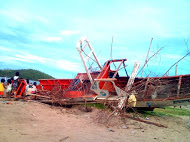
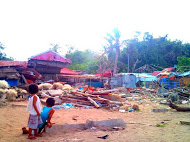
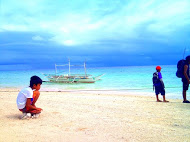
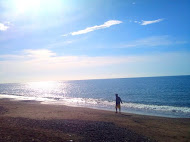
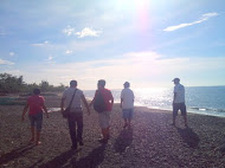
 RSS Feed
RSS Feed